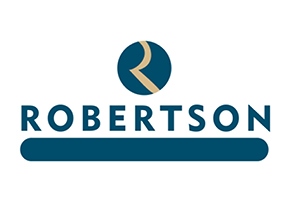Structural insulated panels (SIPs): structural principles and design

Structural insulated panels (SIPs) are composite engineered products consisting of two high density facings, typically orientated strand board (OSB), which are bonded on both sides of a low density, cellular foam core. These prefabricated, high performance, lightweight building panels can be used in walls and roofs for residential and commercial buildings.
SIPs offer a good thermal and airtightness performance for structural applications where minimal thermal bridging is required. They are manufactured under closely controlled factory conditions and can be custom designed for each application. The result is a building system that is extremely strong, energy efficient and cost effective.
This Wood Information Sheet includes TRADA's advice on:
- structural and general erection principles
- fire performance - design and construction
- building modification, extension and repurposing.
Suggested Reading
The National Structural Timber Specification for Building Construction
The National Structural Timber Specification for Building Construction (NSTS) is an ambitious initiative by TRADA to support the rapidly increasing use of timber. It aims to be the definitive, comprehensive, stand-alone national specification for structural timber, complementing the existing national specifications that are widely used for steel and concrete buildings.
...12/05/2017 | NSTS
Design of structural timber connections
Connections are an essential part of any structure, and in timber structures they are often the most critical part of a design. The timber section size is often determined by the strength of the section remaining after drilling holes for bolts or dowels, or by the spacing requirements for the...
27/02/2017 | Wood Information Sheet
Doors: The open and shut case for careful specification
Doors perform many important functions beyond letting people enter and exit a building; they reduce vulnerability to many fundamental risks, including:
- Fire
- Security breaches
- Unfair prevention of access
- Loss of heat/cooling (energy inefficiency)
- Noise
- The weather, especially high winds and driving rain.
Article...
01/01/2016 | Magazine Article

















